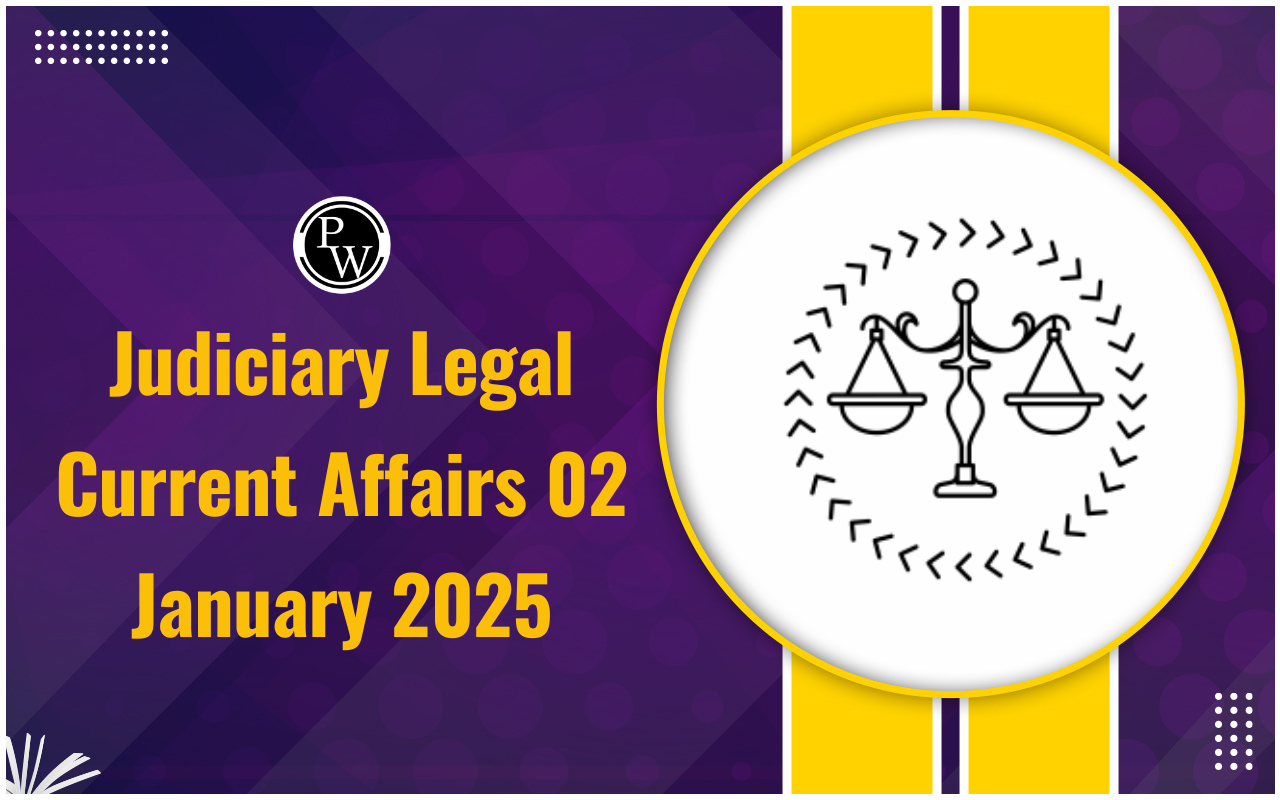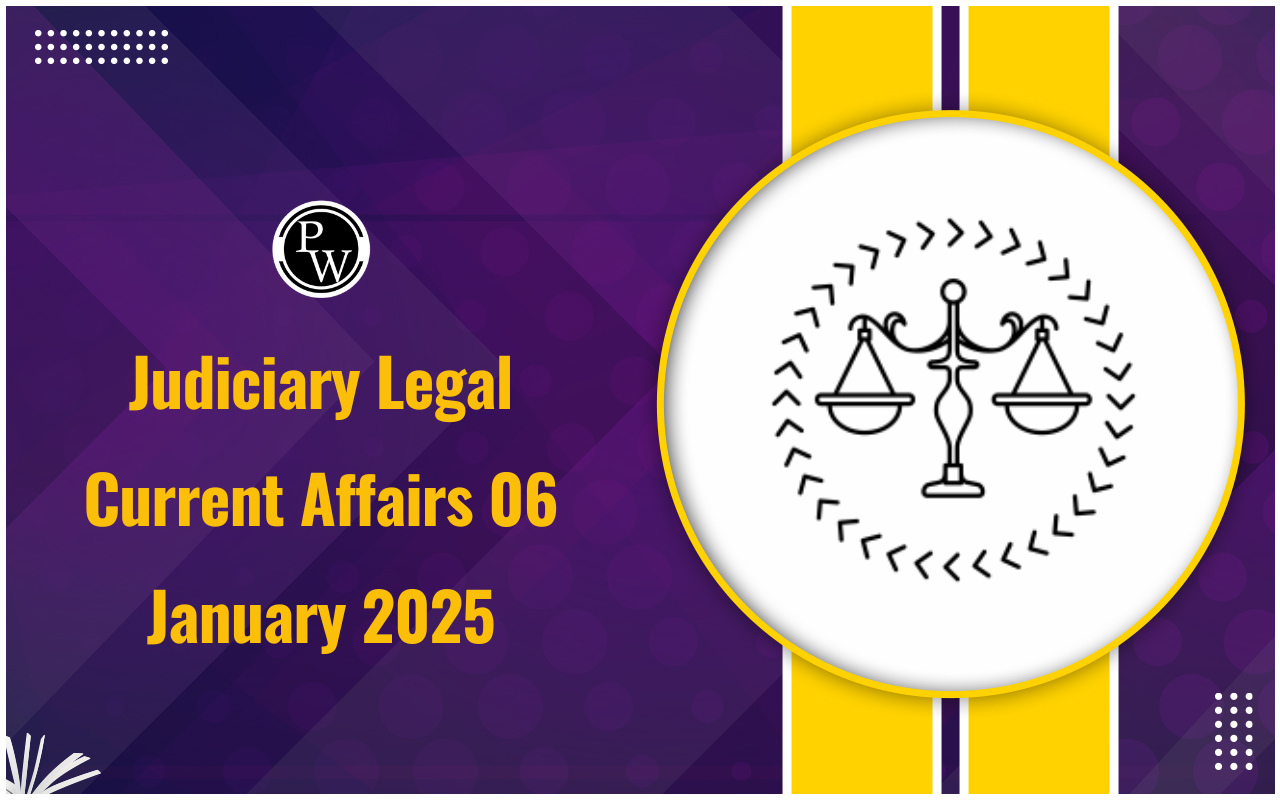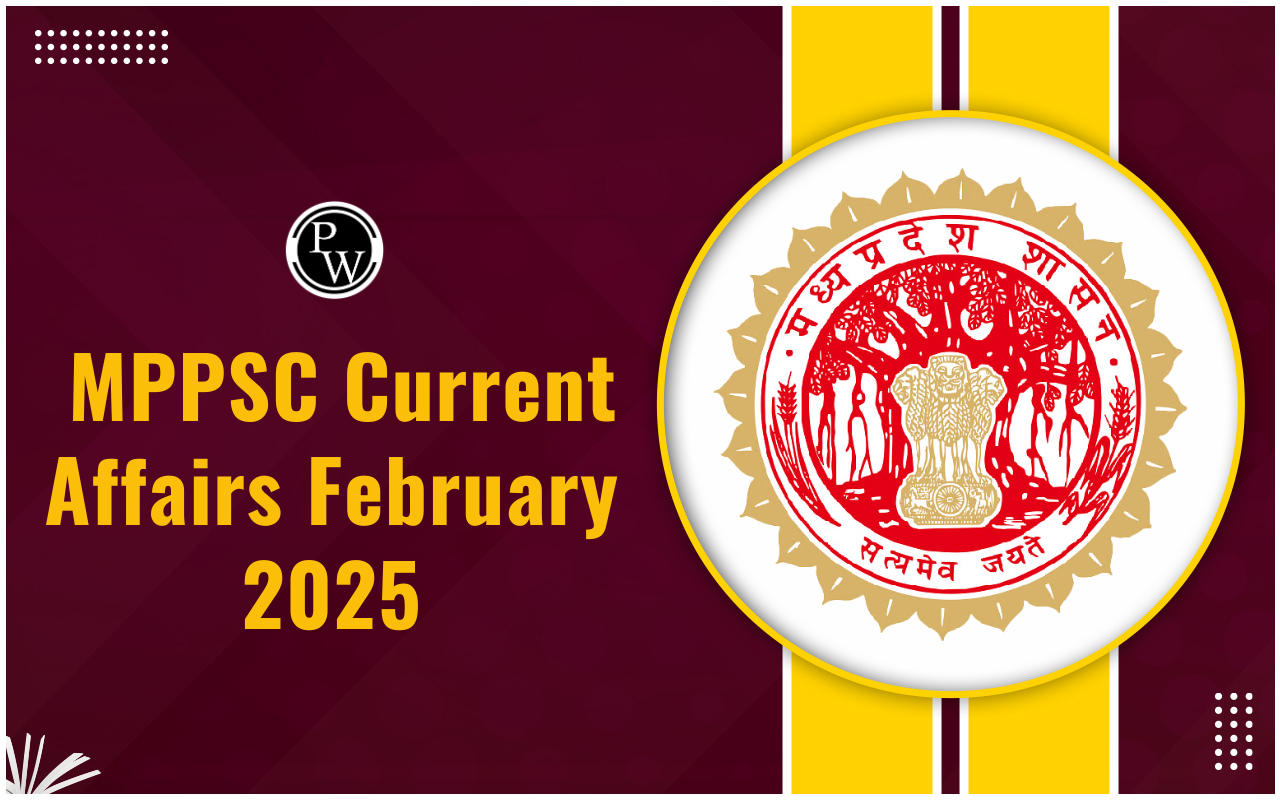
Functions of RBI: The Reserve Bank of India was established in 1935 and since then regulated the Indian rupee in the country. The Reserve Bank is also responsible for the management of other commercial banks through its various policies and guidelines.
The Reserve Bank of India is the backbone of the country's financial system. The people and the government entrust him to monitor, control and promote the movement of money in the market. He also participates in planning and development activities to maintain the economic stability of the country and move the country towards growth.Objectives of RBI
The functions and roles of the Reserve Bank of India play an important role in maintaining the Indian economy. Some of its duties include regulating the issuance of bank notes, ensuring the stability of the monetary economy, and operating the country's currency and credit system. Being the backbone of the economic situation of the country, RBI has several objectives as mentioned in the preamble of RBI. Some of them are listed below:Main Objectives: The main objectives of the Reserve Bank of India (RBI) are:
To solve the problem of currency notes To maintain the financial stability of the country To use the country's credit system and currency for their own purposes.To remain independent from political influence: To maintain financial stability and promote economic growth, RBI should be free from any political pressure and refrain from corrupt activities
RBI should function as a central authority and: – Bank of the Bank all other commercial banks – Sole issuer of bonds mandated body - State Bank of IndiaPromotion of Economic Growth: Along with maintaining price stability, RBI should also design policies that promote economic growth of the country.
Functions of RBI
1)Monetary Management/Office
One of the most important functions of RBI is to formulate and implement monetary policy and ensure monetary policy stability in India. This works to your advantage in the monetary and credit system.2) Control and Regulation of Banking and Other Financial Institutions
RBI protects the interests of depositors through an effective regulatory framework. Monitoring of banking activities and solvency of banks and maintenance of general financial stability through various policy measures. These powers of the RBI are based on the RBI Act, 1934 and the Banking Regulation Act, 1949. This regulatory and supervisory function of the RBI extends to the Indian banking system as well as to non-banking financial institutions.3) Regulation of Foreign Exchange Market, Government Securities Market and Money Market
Foreign Exchange Market: The Foreign Exchange Market Act of 1999 became public after the liberalization measures introduced in 1991. FEMA 1991 replaced FERA 1973 and came into force. comes into effect in June 2022. RBI is now responsible for controlling the Indian foreign exchange market. The RBI controls and regulates the foreign exchange market under the FEMA Act, 1999.Government Securities Market: The RBI regulates the securities issued by the Central and State Governments. The RBI is empowered by the RBI Act, 1934 to regulate this.
Money Market : RBI also regulates short-term and highly liquid debt securities and RBI derives its powers in this regard from the RBI Act, 1934.
4) Management of Foreign Exchange Reserves
Foreign Exchange Reserve includes-- Foreign Reserves (FRA)
- Special Settlement Rights (SDR)
- Gold
5) Bankers to Central and State Governments
RBI acts as a banker to the Government . RBI is responsible for receiving and disbursing money on behalf of various ministries. The RBI also has the power to appoint other banks to act as its agents and conduct banking operations on behalf of the government. RBI manages central and state government funds such as consolidated funds, reserve funds and public account. RBI as State Banker also gives loans to Central/State/University Govt.6) Advisor to Government
RBI acts as an advisor to the Government when asked to do so on financial and banking matters.7) Central and State Debt Manager
The main objective of the debt management policy is to minimize the cost of borrowing and smooth the debt maturity structure. The RBI manages the national debt and also issues new loans on behalf of the central and state governments.8) Banker to Banks
Banks open checking accounts with RBI to maintain SLR and CRR. RBI is the joint banker of various banks that enables money transfers between banks.9) Lenders of Last Resort
For special purposes or when needed, RBI provides short-term loans and advances to banks that are in trouble) but not bankrupt. RBI provides this facility to protect the interest of depositors and avoid possible insolvency of the bank.10) RBI - Issuer of Currency
The RBI and the Government are responsible for the creation, manufacture and general management of the national currency with the aim of releasing a sufficient number of genuine and clean currency notes. The Reserve Bank of India has authorized some bank branches to set up exchange offices to facilitate the circulation of rupee notes and coins in the country on behalf of the RBI)11) Role in Development
RBI's role in development includes to create institutions to build a financial infrastructure, providing credit to the productive sector of the economy and expanding affordable access to financial systems.Functions of RBI Key Features
The RBI has the power to issue various instructions to bank directors and has the power to appoint new directors to the board of a banking company.- The prior approval of RBI is essential for appointment, reappointment and removal of Chairman, CEO and Managing Director of commercial banks (except public sector banks).
- When the situation arises, RBI can replace the Board of Commercial Banks with the permission of the Central Government.
- Public Sector Banks (PSBs) are dually regulated by the central government and the RBI, so RBI's power over public sector banks is limited as it cannot recall directors and management or the board of banks or force mergers.
- As per the RBI regulation, banks were required to maintain certain reserves in the form of CRR and SLR.
- RBI regulates interest rates on NRI deposits, export credit (loans) and some other categories. However, the interest on most deposits and loans is exempt, so banks are responsible for setting such interest rates.
- RBI established Deposit and Credit Guarantee Corporation (DICGC) to protect the interest of small depositors in case of bankruptcy or bankruptcy (100% subsidy). It provides cover to all eligible bank depositors up to Rs 5 lakh per depositor and bank. It takes insurance premiums from banks to provide insurance coverage. DICGC covers all commercial banks including branches of foreign banks and UCBs/StCBs/DCCBs. But it is important to note that this does not include foreign government deposits, central and state government deposits or interbank deposits.
- RBI has allowed banks to engage in some non-traditional banking activities like venture capital, insurance, mutual fund etc.
- Cooperative Banks - Cooperative banks are subject to dual regulation by RBI and Govt. Both the agencies have different areas of work as
- RBI handles banking related functions and central government or state government handles management related functions.
- Financial institutions, NBFCs, Primary Dealers and Credit Reference Companies (CIC) - The four pan-India financial institutions, NABARD, NHB, EXIM Bank and SIDBI, are fully regulated and supervised by the RBI.
- RBI also regulates and supervises NBFCs, primary dealers and CICs.
- The RBI has powers to regulate banks and NBFCs, but until July 2019, the RBI had the power to take over the board of directors of banks (in case of mismanagement or negligence), but not the board of NBFCs. In July 2019, the RBI Act, 1934 was amended to empower the RBI to replace an NBFC even in case of mismanagement or insolvency. RBI is now empowered to appoint executive officers also in public interest.
Functions of RBI FAQs
Q1. What is RBI?
Q2. What are the Objectives of RBI?
Q3. What are the Functions of RBI?
Q4. What are the main functions of RBI?










